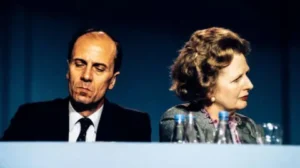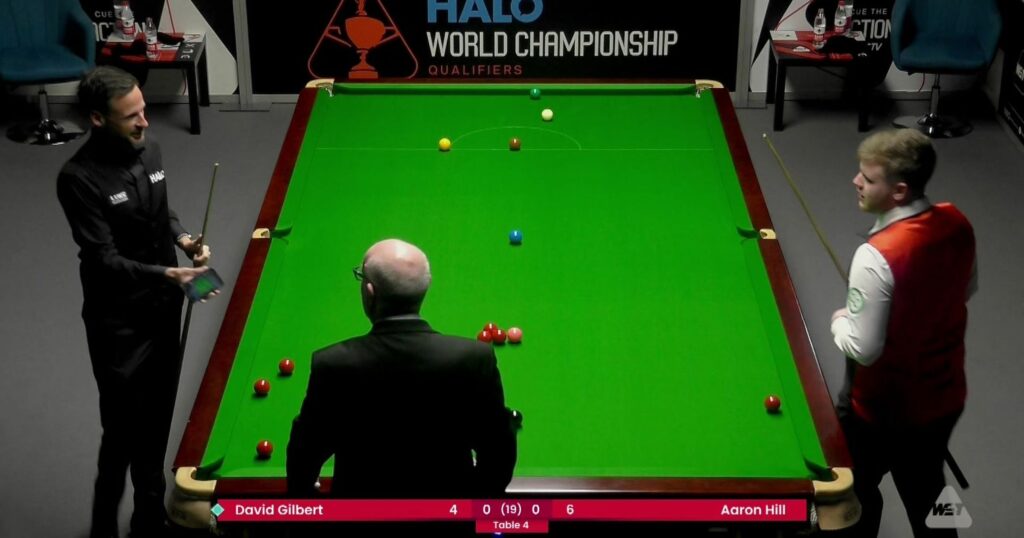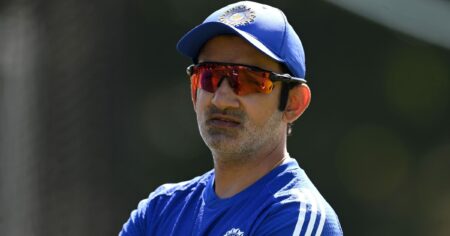In an interesting twist during the World Championship qualifying match, snooker referee Leo Scullion found himself in a peculiar situation when he had to replace the balls after an unusual foul occurred in the very first frame. This moment was captured by a fan, who swiftly used their mobile phone to take a picture that became significant as it provided a reference for the correct placement of the balls. This unexpected incident not only highlighted the importance of accuracy in the game of snooker but also showcased the unique ways in which technology can aid in traditional sports settings.
The tension between competitors Dave Gilbert and Aaron Hill added an exciting layer to the match. Both players have carved out their reputations in the snooker world, with Gilbert known for his strategic play and Hill for his youthful energy and determination. As they faced off in this critical qualifying round, it was evident that both players were eager to secure their spot in the prestigious World Championship. The unusual foul was a reminder of the game’s unpredictable nature, and the necessity for referees to make quick decisions to maintain the flow of play.
Scullion’s decision to utilize a smartphone image underscores how the world of sports is increasingly embracing technology. In the past, referees relied solely on their own judgment and experience, often without the aid of any form of visual verification. With advancements in technology, including high-resolution cameras and instant replays, the landscape of officiating has changed significantly. Scullion’s actions demonstrated adaptability, ensuring that the match could continue without excessive delays while maintaining fairness in gameplay.
Fans who tuned in for this match were not only spectators but participants in this unique moment. The ability to share critical gameplay moments via social media and messaging applications has changed the dynamics of how fans engage with sports. The photograph that Scullion referenced on the fan’s phone became a focal point, allowing viewers to appreciate the intricacies of snooker and the unexpected developments that can arise during play. This incident may also encourage other referees in various sports to consider the benefits of incorporating technology in decision-making processes.
For those interested in snooker and keen to follow the action unfolding in the World Championship, platforms like TNT Sports and discovery+ are providing comprehensive coverage. These channels offer both live streaming and on-demand viewing options, ensuring that enthusiasts have access to all the thrilling moments of the tournament, including matches filled with dramatic upturns and tactical maneuvers. The availability of such platforms has transformed how fans consume sports, making it easier than ever to stay connected to their favorite events.
As the tournament progresses, the collective anticipation surrounding both Gilbert and Hill’s performances will build. This first frame incident serves as a precursor to the high stakes of the matches ahead. Fans will be eager to see how the players adapt, not only to their opponents but also to the unexpected occurrences throughout the tournament. High-level snooker often requires mental resilience as well as technical proficiency, and both competitors are aware that every frame can tip the balance in their quest for victory.
In conclusion, the World Championship qualifying match steered by Leo Scullion’s quick thinking will resonate with fans and players alike for years to come. Moments like these bridge the gap between tradition and modernity, underscoring the evolving nature of sports officiating. As we continue to observe the World Championship on platforms designed for today’s tech-savvy audience, it’s clear that the future of snooker—and indeed all sports—will likely include a greater reliance on technology to enhance the integrity and enjoyment of the game.











